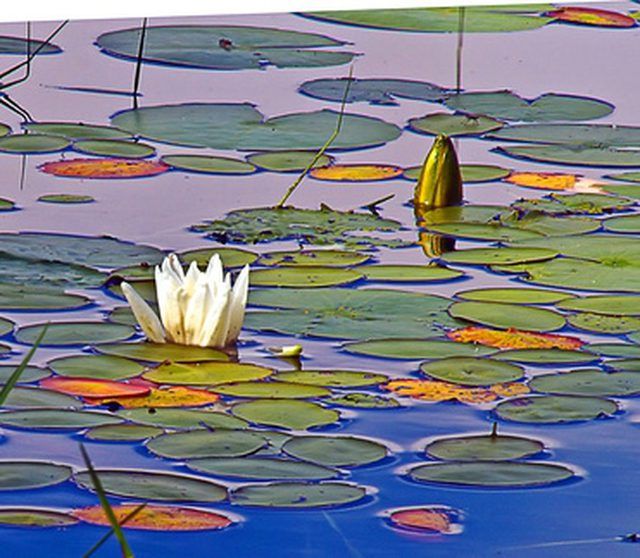Bulbs
Flower Basics
Flower Beds & Specialty Gardens
Flower Garden
Garden Furniture
Garden Gnomes
Garden Seeds
Garden Sheds
Garden Statues
Garden Tools & Supplies
Gardening Basics
Green & Organic
Groundcovers & Vines
Growing Annuals
Growing Basil
Growing Beans
Growing Berries
Growing Blueberries
Growing Cactus
Growing Corn
Growing Cotton
Growing Edibles
Growing Flowers
Growing Garlic
Growing Grapes
Growing Grass
Growing Herbs
Growing Jasmine
Growing Mint
Growing Mushrooms
Orchids
Growing Peanuts
Growing Perennials
Growing Plants
Growing Rosemary
Growing Roses
Growing Strawberries
Growing Sunflowers
Growing Thyme
Growing Tomatoes
Growing Tulips
Growing Vegetables
Herb Basics
Herb Garden
Indoor Growing
Landscaping Basics
Landscaping Patios
Landscaping Plants
Landscaping Shrubs
Landscaping Trees
Landscaping Walks & Pathways
Lawn Basics
Lawn Maintenance
Lawn Mowers
Lawn Ornaments
Lawn Planting
Lawn Tools
Outdoor Growing
Overall Landscape Planning
Pests, Weeds & Problems
Plant Basics
Rock Garden
Rose Garden
Shrubs
Soil
Specialty Gardens
Trees
Vegetable Garden
Yard Maintenance
Lily Pad Life Cycle
Lily Pad Life Cycle. Lily pads are aromatic flowering, aquatic plants. The roots and stem of the water lily grow under the surface of the water, while the lily pad and flower float on top. Like many plants, the lily pads life cycle begins with a seed.

Lily pads are aromatic flowering, aquatic plants. The roots and stem of the water lily grow under the surface of the water, while the lily pad and flower float on top. Like many plants, the lily pads life cycle begins with a seed.
Seedling
The seed will settle itself into the ground, where it will become a seedling. The plant takes root and grows to the surface of the water.
Maturity
The flowers of the lily plant are its sexual organs. As the plant matures, the flowers will begin to grow and the plant will be ready for reproduction.
Sexual Reproduction
To reproduce, a pollinator (usually an insect) will go into the flower of the water lily. By the movement of the insect in the flower, some of the pollen will reach the stigma (male sexual organ). From there, the pollen will move down the stigma and through the pistil to finally reach and fertilize the ovary. This process creates a seed.
Asexual Reproduction
Lily pads are also able to reproduce asexually by rhizomes. Rhizomes are a root-like system that grow under the soil in the water. The rhizomes spread and grow, allowing the plant another way of reproduction.
Seed Distribution
The seeds will be naturally released by the plant and distributed throughout the water. This starts the whole life cycle over again and begins the life of a new lily pad.